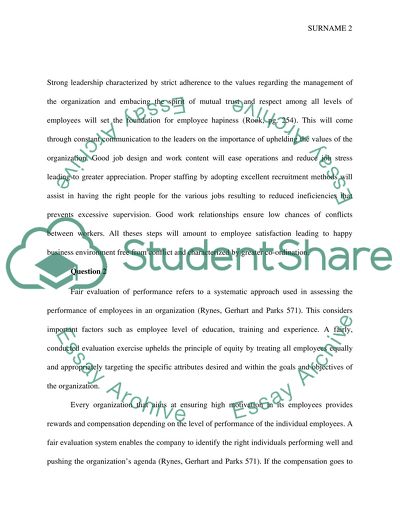Cite this document
(“Organizational behavior Research Paper Example | Topics and Well Written Essays - 1500 words”, n.d.)
Retrieved from https://studentshare.org/human-resources/1679317-organizational-behavior
Retrieved from https://studentshare.org/human-resources/1679317-organizational-behavior
(Organizational Behavior Research Paper Example | Topics and Well Written Essays - 1500 Words)
https://studentshare.org/human-resources/1679317-organizational-behavior.
https://studentshare.org/human-resources/1679317-organizational-behavior.
“Organizational Behavior Research Paper Example | Topics and Well Written Essays - 1500 Words”, n.d. https://studentshare.org/human-resources/1679317-organizational-behavior.


